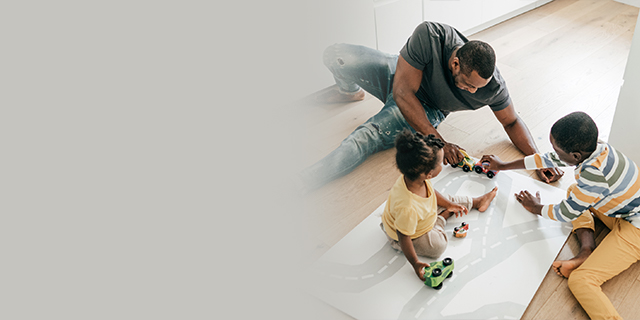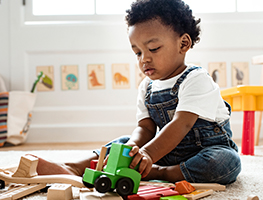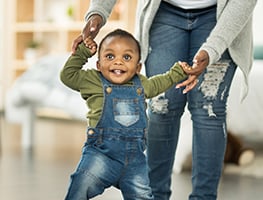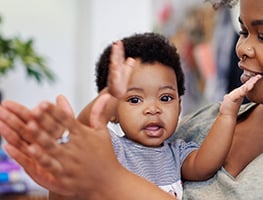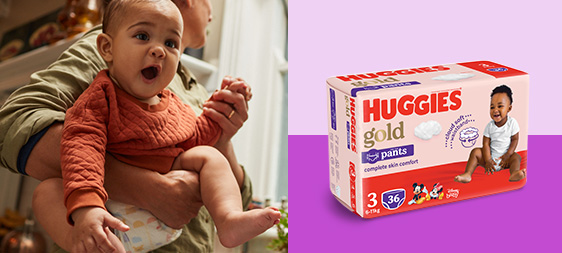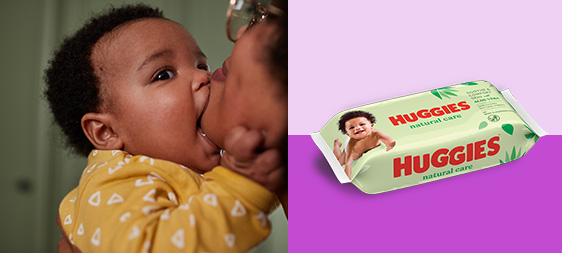Gender play
Do boys and girls play differently?
Is there a gender divide in how our children play?
Are there really ‘boys toys’ and ‘girls toys’?
Gender researchers suggest that boys and girls do in fact play quite differently and show clear preferences for different toys from an early age. Boys are seen to be more active in their play while girls’ play is more sedentary and focused on verbal interactions. Furthermore, boys’ play is characterised by higher levels of competition and aggression, while girls play is seen to foster creativity and nurturance. Boys show preference for outdoor play activities, and enjoy playing with large toy vehicles, construction sets and climbing equipment; girls prefer puzzles, art materials or playing with dolls.
Children favour same-gender play partners, this usually starts to emerge sometime after their second birthday and intensifies during the pre-school and early school years. Which brings us to the question … do we as parents direct children toward activities and toys that further enhance differences in play and interaction?
Boys and girls are treated differently from birth. We decorate their rooms differently, dress them differently, engage in different play styles (we typically engage in more rough-and-tumble play when interacting with boys) and buy different toys. Research shows both parents and non-parents tend to purchase gender-stereotyped toys for children, especially boys. Girls have more dolls, dolls’ houses, musical items and miniature domestic items (e.g. iron, stove, kettle). While boys do have dolls in the form of action figures, we are more likely to buy them sports equipment, toy animals, miniature garages, forts or more spatial-temporal toys (e.g. shape sorters, puzzles).
Arts and crafts materials and activities are generally seen as neutral and purchased for either sex.
So what impact do these different toys and play experiences have on your child’s growth and development?
It is through play that children learn about their world and acquire key social, intellectual, language and motor skills. Constructive play (e.g. building with blocks), for example, is important for developing spatial awareness and number concepts. Social and imaginative play, may lead to more nurturing behaviour and a greater awareness of others.
As parents it is important that we expose our children to the full range of play experiences. Engage your child in both traditionally ‘masculine’ and ‘feminine’ play, while taking into account their interests and preferences.

